By Les Mader, 10 December 2023
The fifth Arctic and Offshore Patrol Ship (AOPS) for the Royal Canadian Navy (RCN), the future HMCS Frédérick Rolette, was launched on 9 December 2023 in Halifax, N.S. some two months ahead of the planned date.
Construction of the last AOPS for the RCN, the future HMCS Robert Hampton Gray, and the first one for the Canadian Coast Guard continues. For more information see,
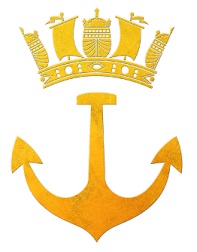
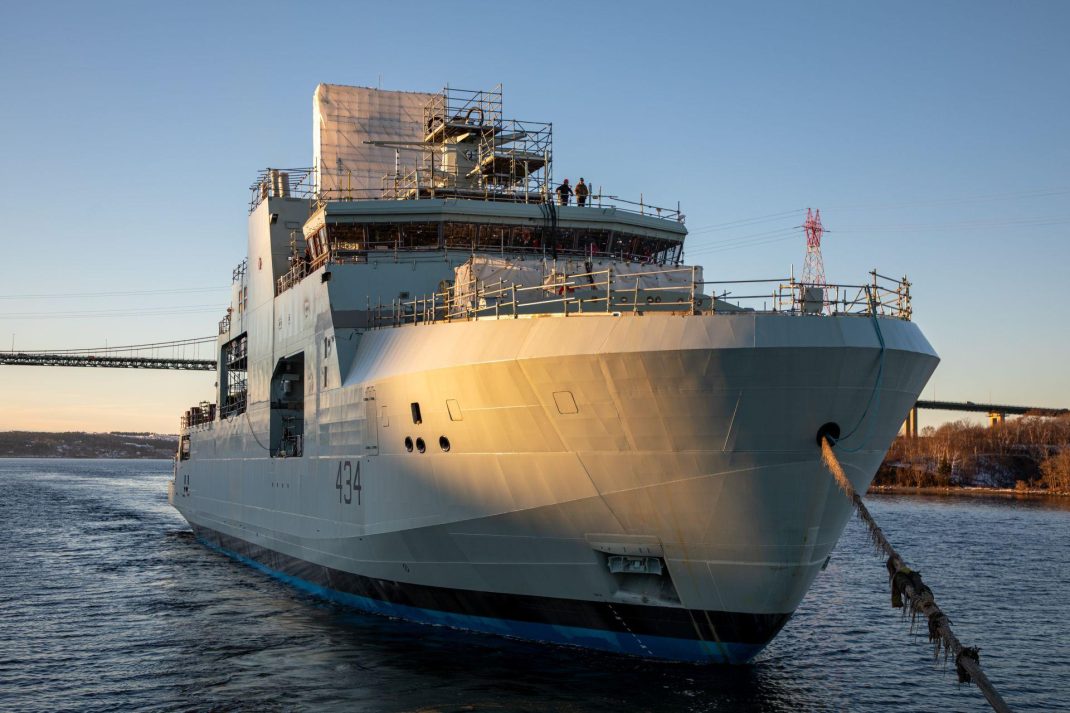
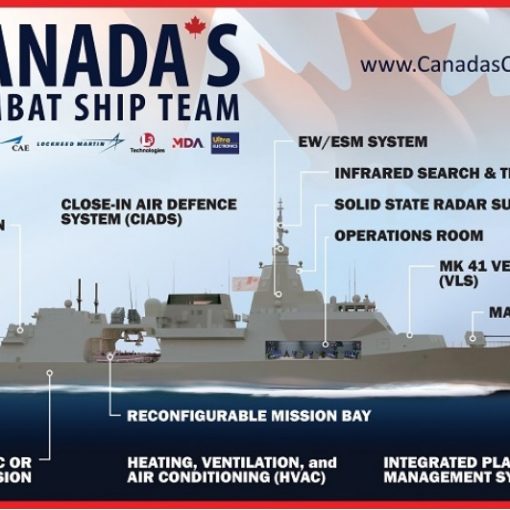
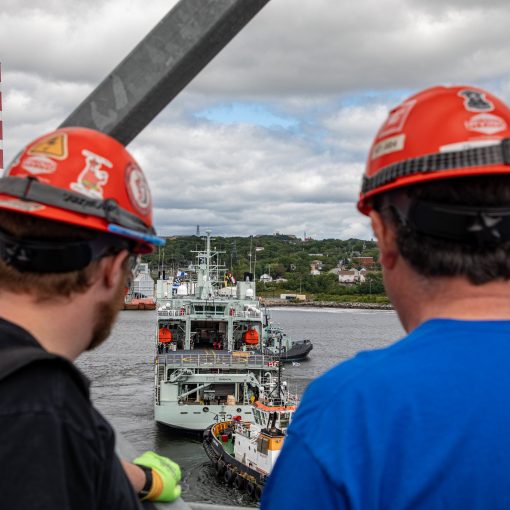
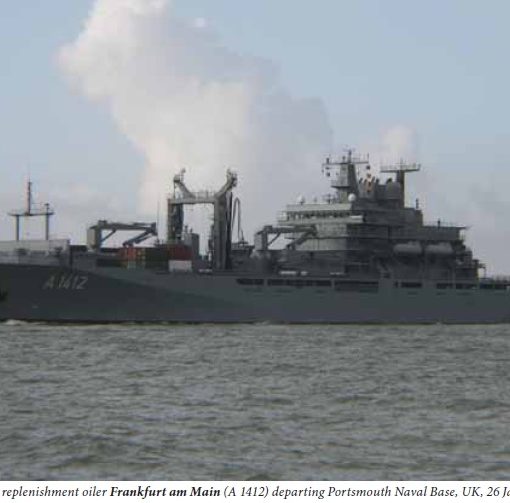

27 thoughts on “Five in the Water”
Irving should start using that $435+B CAD “gift” they just received from the Canadian government real soon to expand their shipyard and get ready for the CSC Frigate program then! “Time’s A-wastin”!!!
Hello David,
Proper protocol needs to be followed prior to any real expansion work being done. The ‘Halifax Shipyard Land Level Expansion’ only received its notice of determination from Transport Canada, Fisheries and Oceans Canada, and the Halifax Port Authority in late June of this year. This notice outlined that the proposed expansion would not be likely to “cause significant adverse environmental effects with mitigation measure as outlined in their evaluation” and was therefore given the go ahead. Irving could not start any expansion work to actually expand the yard itself prior to this ruling, meaning that the vast majority of the required 13 acres of harbour infilling could not happen prior.
Again Jimmy: ‘time’s a-wastin’!!!. Good Winter 2023 project for ISL. ‘Pitter-patter… let’s get at ‘er’! This is a perfect time then for the expansion to happen! The sooner, the better. Time hath no fury than a scorned Canadian public tax payer!! Ha! Cheers!
It seems strange to say this but the AOPS project is actually approaching its end. At the current pace they should cut steel on the final ship next summer. Now to find crews to support this 25% increase in the size of Canada’s fleet (from 24 ships to 30), and figure out how we’re going to use them.
I presume first steel on the CSC will come mid 2025, if there are no major delays from the construction at Irving.
Let’s not forget Michael that the last two CCG AOPS’s have not even been built yet so probably at least another year anyway before the CSC Figate program starts (that’s if a contract ever gets signed, sealed & delivered for Batch 1 CSCs). Cheers!
First steel on the CSC was to be cut in 2024 last I read. Ships will be parked and the Halifax class will have to be babied
Hi Wayne,
Do you have any more details that you can share?
Ubique,
Les
Hi Les see Ted’s response below. There’s been numerous articles mentioning cutting steel for the CSC in 2024 including from Vice Admiral Topshee and Irving. Personnel shortages are already limiting Kingston deployments and structural/mechanical issues are going to require greater attention for the Halifax class. We should take the time for deep refits on the Halifax’s to help alleviate the manpower issues and keep things going until the early 2030’s first delivery and 2040’s last delivery. Add in the
AOPS 6×65 = 390
Kingston 12×40 = 480
Victoria 4×50 = 200
Halifax 12×225 = 2700
JSS 2×200 = 400
Thats 4170 active deployable people when there are some huge holes and we should probably have 3 JSS’s and 6 new SSK
Thank you Wayne.
Ubique,
Les
So some of your numbers a little off.
AOPS 6×68 = 408 (Will probably going the zero manned for refit with up to two ships in refit at any given time. Qualified MARTECHS are the biggest shortage for the class although force generation is getting these numbers increased. The ships can go to sea with a core crew of 46 people)
Kingston 12×46 = 552 Currently 3 ships on the WC are tied up due to crew shortage with MARTECHS the biggest shortage, 1 ship on the EC is always in refit. The Kingston Class can go to sea with a core crew of 36.
Victoria 4×50 = 200
Halifax 12×225 = 2700 (Each coast has at least one CPF in a deep refit for up to 2 years and one in Quebec)
JSS 2×200 = 400 (Moving to a civilian crewing model would save on personnel requirements)
The first test module should be about be able to be constructed in 2024, the build proper 2025 after all the renos are done.
Thank you for the info Ted.
Unique,
Les
Ted, replying to this comment as for some reason I can’t reply to the other.
I haven’t seen 68 posted for the AOPS and I have 3 documents open on my computer. 46 is likely the maximum on the Kingston. The numbers that actually matter are what they deploy with and what they need to have. For some reason the west coast refuses to let their Kingstons go to the East.
You don’t plan manning based on maintenance schedules and out of service platforms. If anything there should be multiple crews per ship not multiple ships per crew. As I said above the extended maintenance required on the Halifax class will help alleviate some personnel issues.
I don’t know that civilian crewing solutions are going to fly with the JSS. We like to put our AOR in harm’s way.
The Kingston Class can physically take 47 personnel with every bunk filled including the CO and the accommodation module filled usually for long deployments such as Reassurance. Originally the ship could take 37 pers, they doubled two cabins in 1999 to 8 vice 4 and allowed for an accommodation module of 6. The KIN class can go to sea with a reduced crew of 36 if needed. Yes the WC don’t want to transfer any of their alongside ships to the EC where there are crew. In fact recently HMCS Saskatoon was requested to be sent to the EC, never materialized.
The Kingston class originally had 12 crews for 12 ships, because of the nature of the ISSC maintenance contract eventually you had one MCDV on each coast in a 1 year unmanned docking at a civilian yard every 60 months. The crew on the ship simply walked over to the ship coming out of refit and took it over and started the TRP process, no shore office. Quite different than the Halifax Class. With AOPS being on the ISSC maintenance model this will eventually be the way as well.
That was a suggestion with JSS manning and yes you can send civilian government crews in harm’s way, not the same as federal fleet with their crewing and Asterix lacking the DC systems of a purpose-built tanker.
Hi Ted.
What will the test module be for? I mean, obviously Irving has systems in place for cutting, bending, and assembling steel; they are in fine working order and don’t need to be validated. I don’t understand the point of assembling one part of the ship as a test – that just sounds like the start of production.
When I said that Irving would cut steel in mid 2025, that was an estimate based on Irving’s production speed with recent AOPS vessels; each stage of production advances from one vessel to the next at intervals of a bit over a year. Since steel was cut on the first coast guard vessel in mid 2023, steel will be cut on the second vessel in mid 2024; this seems to imply that staff and equipment will not be available to work on the CSC until mid 2025, notwithstanding the numerous documents that say it will begin next year.
Does Irving have the capacity to cut the pieces for the CSC when they have not finished that stage of work on the last AOPS? Or to begin block assembly on the CSC while still assembling blocks for the AOPS? What would be the advantage?
Protyping is a chance to ensure the build process is efficient, machines dialed in and common in builds of this type.
Similar to this https://www.navalnews.com/naval-news/2022/08/bae-systems-australia-completes-the-1st-block-of-hunter-class-frigate/
Hi Michael Your estimate is reasonable although Irving is picking up efficiencies coming out of Covid. Testing on different thickness of steel? BAE had a fair amount of problems in the UK at first and the Australians did a test prototype a long time ago so it’s possible cutting of test module will be some time in 2024 with first real module to follow. In a lot of ways Irving should be further ahead as a yard than the others coming off a hot line and being able to take advantage of the experience of the UK and AUS
What a disgrace this whole ship building has become. We will be without any fighting ships by the time the first CSC comes out. The AOPS are a joke, might as well put sling shots on them.
Good morning John,
What capabilities do you feel that an AOPS-like vessel should have?
Ubique,
Les
How about a short range missile defense system with a range of 6 to 10 km, something heavier than a 25mm gun say a 57mm gun. A helicopter capable of firing Hellfire missiles. Something with a little teeth in it.
Good morning John,
Thank you for your suggestions.
Your ideas are similar to what I had in mind when I wrote two articles in the CNR.
I suspect that changing the main gun would be too much of a problem, due to questions of internal volume and top heaviness; I could be wrong though. It might be possible to add on an anti-air missile system without encountering these same problems. The helicopter’s capabilities are less affected by the ship’s performance and design, as long as it can operate safely on the flight deck routinely and fit into the hangar. Clearly, the ship would have to be able to store and handle the helicopter’s weapons safely.
Even as they are, though, the AOPS fit into the “patrol-presence-deterrence” paradigm that I suggested in CNR 17.3. The biggest problem with this is the lack of the other bits.
Ubique,
Les
No, actually none of all with a flush mount type such as the 57mm and there is room below the mount location. The ship is a civilian design without the damage control elements as a combatant has. It won’t be used in combat as it stands. It could be up armed but there are no plans to. The Danish and Norwegian Arctic Patrol ships have a gun and nothing else. The other armaments on paper never materialized.
Hello,
See for example the Russian Ivan Papatin Project 23350, https://www.militarytoday.com/navy/ivan_papanin.htm, https://en.wikipedia.org/wiki/Project_23550_patrol_ship . Very similar exterior specs (ice-breaking, displacement, draft, beam) to Harry DeWolf and Svalbard, but slightly longer, with more powerful propulsion for thicker ice, a 76mm gun, and VLS for land-attack or anti-ship missiles.
So a similar hull can accommodate military specs, albeit with probably significant differences inside the envelope.
These three ship classes suggest the parent Svalbard design has some very desirable ice capabilities, applicable and adaptable to different mission requirements.
Regards
Yes Wayne. Would love to see any details you have on that. 2024 for first CSC Steel cut to me seems to be just-a-bit optimistic at this point.
See above. 2024 has been the stated plan for a while now. Maybe that means a ceremonial cutting of steel on Dec 31 or maybe they get to it in August. They don’t need the new build hall to start construction.
Reply to Curious Civilian,
The Ivan Papanin class is not equipped with VLS – its Kalibr missiles will be carried on the stern in shipping containers which will hold the missiles and their launchers inside. These weapons will not be carried all the time and if carried, actively cut into the mission versatility of the vessels.
Thank you for the correction Jimmy.
The point remains that, with the right systems, the Svalbard-style platform can reconcile many trade-offs pretty well.
Regards and Happy Christmas!